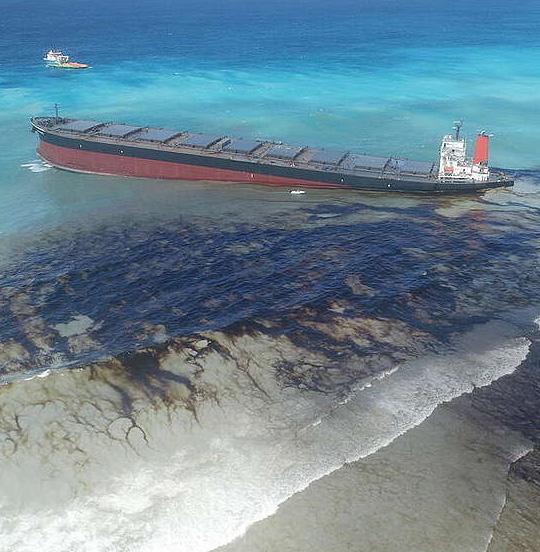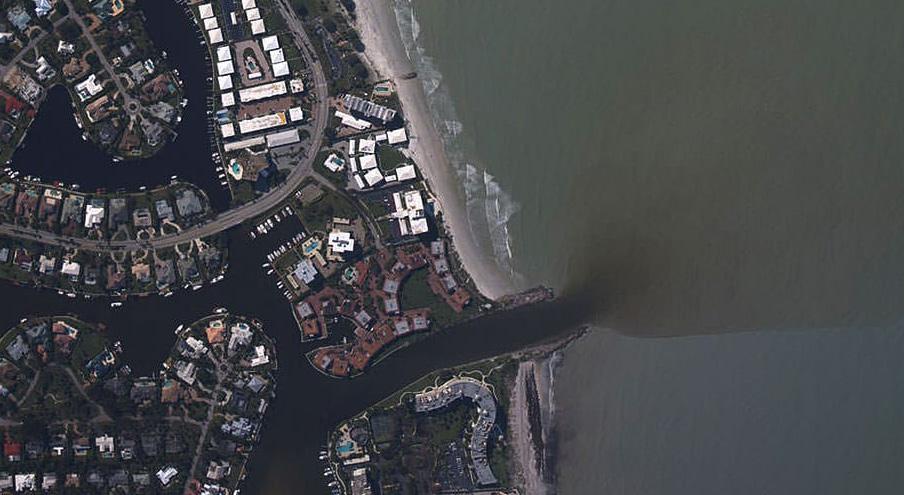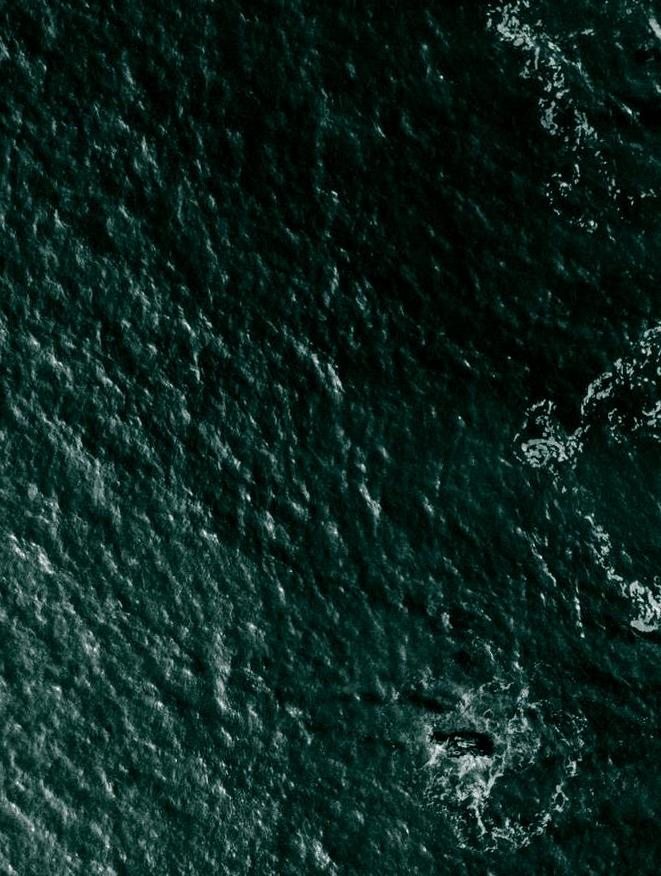The Oceans | Atlantic Ocean
THE SECOND-LARGEST OCEAN
Atlantic Ocean For centuries, Atlantic Ocean has been a key avenue of trade and travel. Stretching from the Arctic Circle to Antarctica, the Atlantic Ocean is bordered by the Americas to the west and Europe and Africa to the east. It's more than 41 million square miles, the second-largest ocean on Earth after the Pacific Ocean. Scientists and geographers broadly separate the Atlantic in terms of north and south. The North Atlantic and South Atlantic each have distinct ocean currents that influence weather around the world.
Water Currents and Gyres
20
The ocean doesn’t sit still like water in a sink. It moves more like a conveyer belt that’s driven by changes in temperature and salinity over large areas. Both quick-moving surface currents and slower-moving deep ocean currents circulate water around the globe. The seawater is constantly trying to find a balance. Warm water is less dense than cold water, so as water cools, it sinks, and warm water replaces it. Water with high salinity—more salt—also moves into waters with lower salinity. Those factors drive the conveyer belt, a process also called thermohaline circulation. Warm water is heated by the Gulf Stream, a warm air current that originates in the Gulf of Mexico. The warm water then moves north, where it forces cooler water to sink and move south. As the current moves toward Antarctica, upwelling pushes cold water back to the surface, pushing the watery conveyer belt around the world. Scientists estimate that it takes the conveyer belt about 500 years to make one trip.
The Effects of Ocean Pollution








